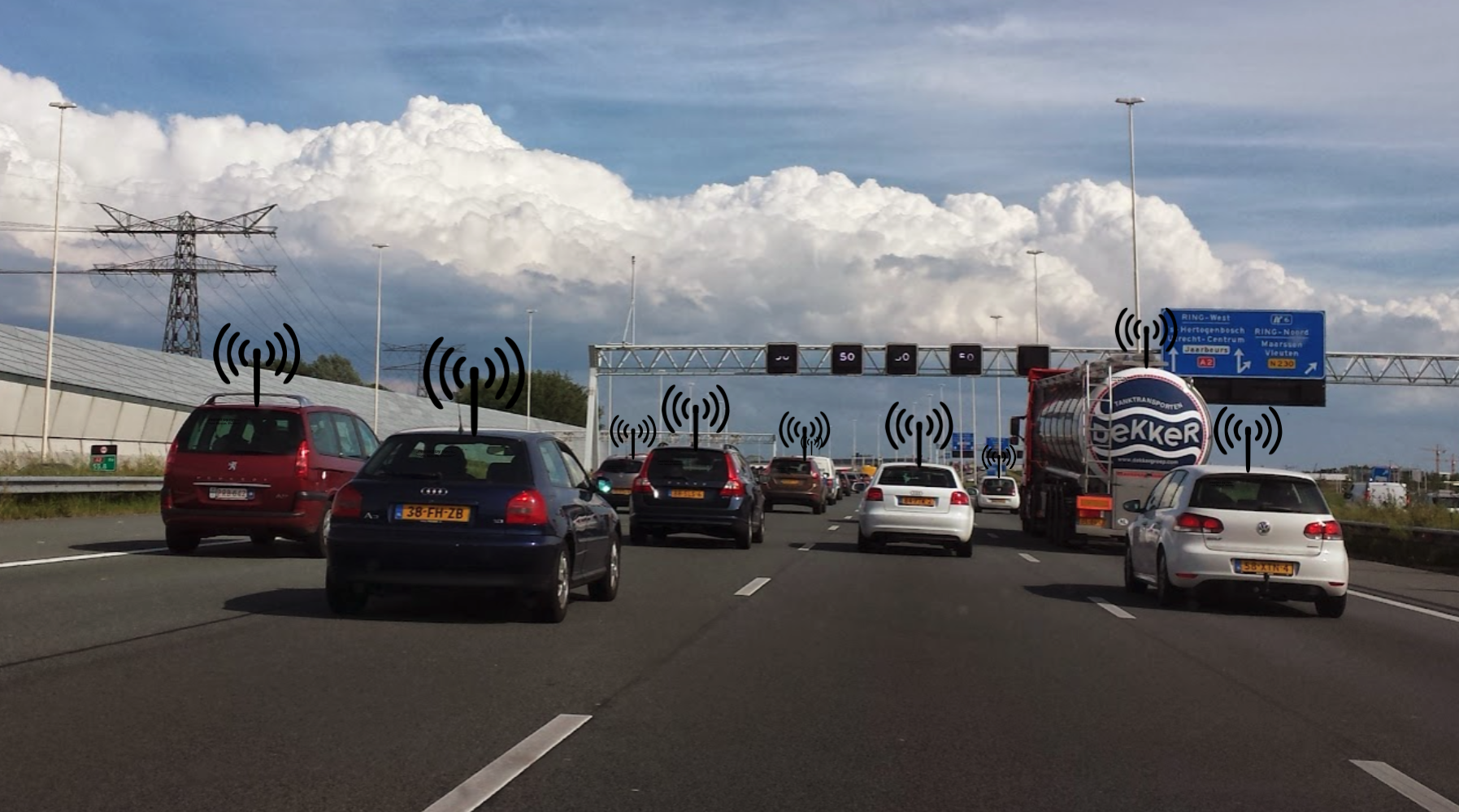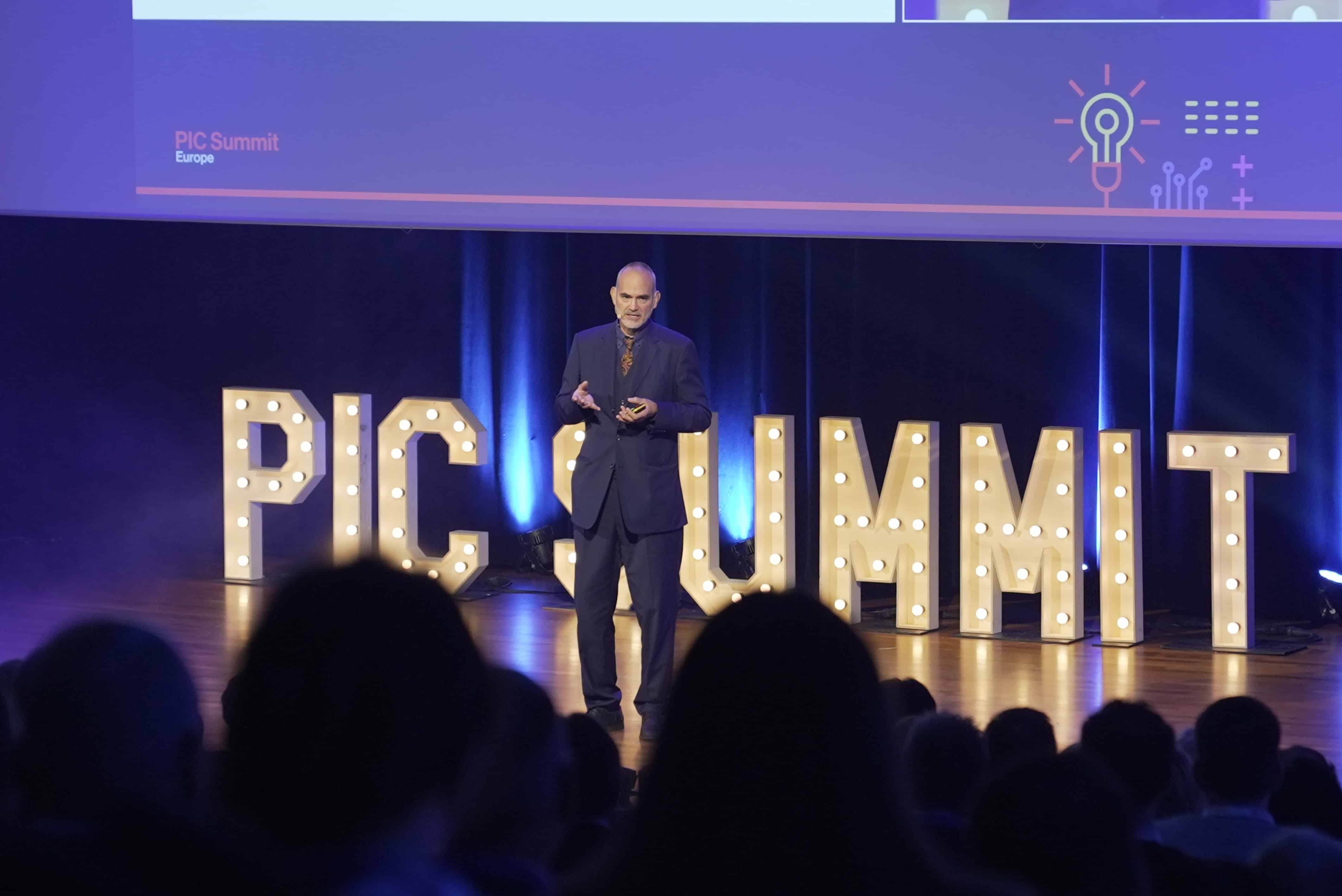
Faster, lighter, more durable, and, at the end of the day, even cheaper: the advantages of photonic circuits are considerable, for a wide range of applications. The Netherlands plays an important role in the global development and applications of this key technology. In recent years, under the leadership of PhotonDelta, a solid foundation has been laid under the Dutch photonics ecosystem. In a seven-part series, Innovation Origins shows where we stand, where the ambitions lie, and what is already possible. Today: mobility. Read the other parts of the series here.
As we enter a world of increasing automation and electrification in cars, robots, and transport infrastructure, concepts such as safety and reliability take on new meaning. Sensors play a decisive role in this, but as we need more and more of them, their impact on weight, energy consumption, and the price is increasing very rapidly. The solution lies in integrated photonics. By integrating multiple optical functionalities into a single chip, integrated photonics engineering can create the solutions needed for monitoring systems and lidar. These photonic chips are accurate, cost-effective and so small that even their weight is no longer a factor.
What is integrated photonics?
Photonics is similar to electronics. However, instead of electrons, it uses photons (light) to transmit information. Photonic technology detects, generates, transports, and processes light. Current applications include solar cells, sensors, and fiber-optic networks. Photonic chips, officially called Photonic Integrated Circuits (PICs), integrate various photonic and often electronic functions into a microchip to make smaller, faster, and more energy-efficient devices. Because they are manufactured like traditional chips (with wafer-scale technology), mass production is also within reach – with price drop as a result. More here.
In the automotive sector, all applications with integrated photonics revolve around advanced sensors. In this, you have two main groups: lidar and fiber optic sensors with FBG technology. The latter can measure force, pressure, temperature, and voltage simultaneously. A single fiber can be used to measure many different locations in a vehicle, significantly reducing weight, wiring, and the number of sensors.
Integrated photonics could therefore make cars much safer in the years to come. Systems with cameras, radar, and lidar will virtually eliminate the possibility of a collision with an object in the future. The great breakthrough of fully autonomous driving may still seem a long way off, but that does not mean that researchers in this sector are not making progress. Moreover, it’s not just about autonomous driving. Sensors supported by PICs are also used, for example, in Advanced Driver Assistance Systems (ADAS) or for monitoring critical components of an electric car (powertrain, chassis, etc.).
PICs are essential

PICs are thus essential to the automotive industry. At imec in the Holst Centre – in the middle of the Eindhoven High Tech Campus – Guido Dolmans is investigating the application of integrated photonics in the automotive sector. “We are looking at depth sensors. There are three types: cameras, radar, and lidar. A camera has limitations during the night, radar often gives an unclear image because of its lower resolution. Lidar, on the other hand, because it works with light, is very precise with depth images. Ultimately, it’s about sensor fusion, the combination of information from different sensors to make the right decisions.” Lidar uses a laser beam to scan the environment; the return signal provides precise information about distance and speed.
The more sensors used, the more accurate vehicles can drive autonomously. But also: the more expensive the system. Dolmans: “At the starting level, there are four sensors, three cameras, and a radar. That system costs $150. At the next level, with six cameras, four radars, and a lidar, it’s already two thousand dollars. The highest level is not yet available, also because it is very expensive: ten thousand dollars. Then you would use two or more lidars. This level only becomes affordable if we can reduce the cost of the chips. Photonics is the key here.”
Frequency Modulated Continuous Wave (FMCW), the newest form of lidar, has the future, says Dolmans. That’s why current research at imec focuses on this. “FMCW can very quickly detect the position of one’s own car in relation to another object. If that is a stationary object and you are approaching at high speed, then detection in milliseconds is very nice.” To make affordable solutions based on FMCW lidar systems, the all-optical functions must be integrated into a single silicon chip. With PICs, that all becomes more accurate, more robust, and cheaper.
Key Enabling Technology

In Germany, Scantinel Photonics is engaged in FMCW. The company originated as a spinoff from Zeiss, a producer of optical technology. Andy Zott is managing director at Scantinel: “FMCW continuously emits laser beams, and coherently combines the reflected light with a local copy of the laser beam. As a result, this system has less interference, can cover longer distances of up to at least two hundred meters, and is less sensitive to sunlight than existing lidar. We use a wavelength of 1550 nanometers which provides better visibility results in fog, rain, and snow. Older forms of lidar, such as Time of Flight, measure the reflex of objects, and so are easily disturbed by raindrops or snowflakes. FMCW makes a recording of the entire distance. As a result, rain is detected, but less predominantly: not as a reflection but as noise. As a result, FMCW provides the motorist with an accurate sight in all weather conditions.”
Zeiss began researching lidar in 2016. In 2019, this research was transferred to Scantinel, Andy Zott explains. “The automotive sector sees FMCW as a key technology because it is important for autonomous driving. Photonics can reduce costs, so it becomes interesting for the industry. I expect autonomous driving to be possible in Europe sometime between 2026 and 2028, and I’m thinking especially of trucks. Autonomous highway pilots, supported by FMCW lidar, will be one of the first commercial use cases for photonic integrated lidar.”
Huge transition

Cost is the deciding factor in the automotive industry. If anyone knows that, it’s Bram Hendrix, manager of smart mobility at RAI Association. “I sometimes get asked which one will be the winner: cameras, radar or lidar. But it’s not as simple as that, it will be a combination of all three. Ultimately it’s about the price. We shouldn’t forget that around eighty million passenger cars are built worldwide every year. A mass application of any innovation will only succeed if it’s not too expensive. That’s why the Netherlands must continue to invest in the application of integrated photonics in the automotive sector.”
The holy grail in the automotive sector is autonomous driving. The application of photonics – essential in the use of lidar – brings that goal unmistakably closer. Therefore, the tantalizing question is: when will we see large numbers of cars on the road without the interference of a driver? According to Hendrix, that will take some time. “Autonomous driving was the hype in the car industry a few years ago. But the sector is in a huge transition. Big companies are investing billions in the conversion from internal combustion engines to electric engines. If they don’t do so and do not drastically reduce CO₂ emissions, politicians will impose sky-high fines. As a result, autonomous driving is not the top priority for the auto industry now.”
Therefore, fully autonomous driving will certainly not make its appearance on the consumer market for the next ten years, Hendrix expects. He sees more opportunities in trucks within two or three years: “The life cycle for trucks is shorter than that of passenger cars. That is why innovation in trucks goes faster. I also foresee industrial applications, such as autonomous forklift trucks, and applications in agriculture. Wherever there are closed environments, with not too many people, autonomous driving will make its appearance more quickly.”








